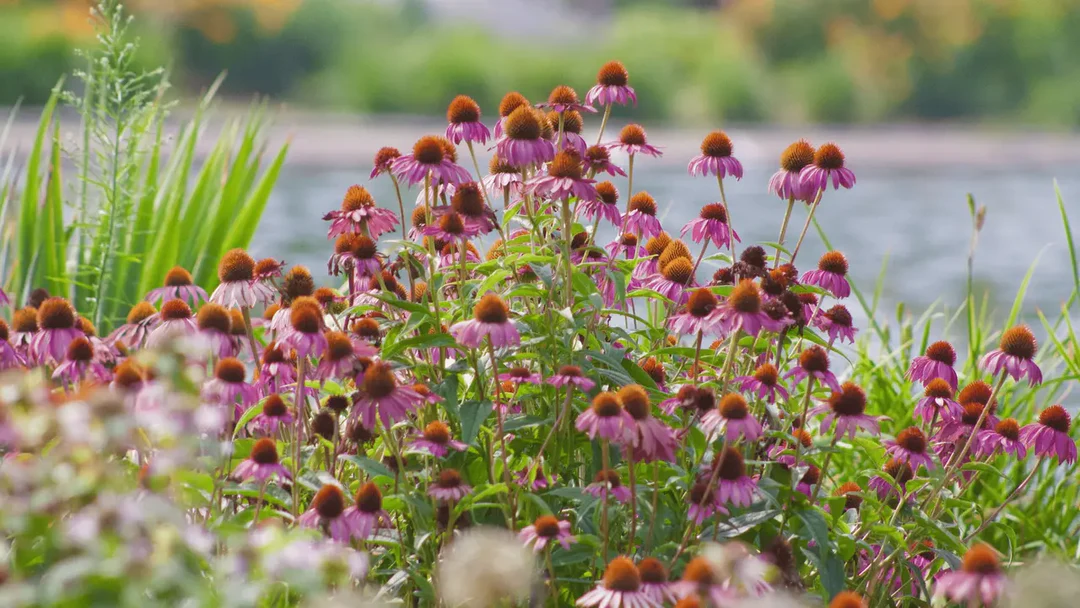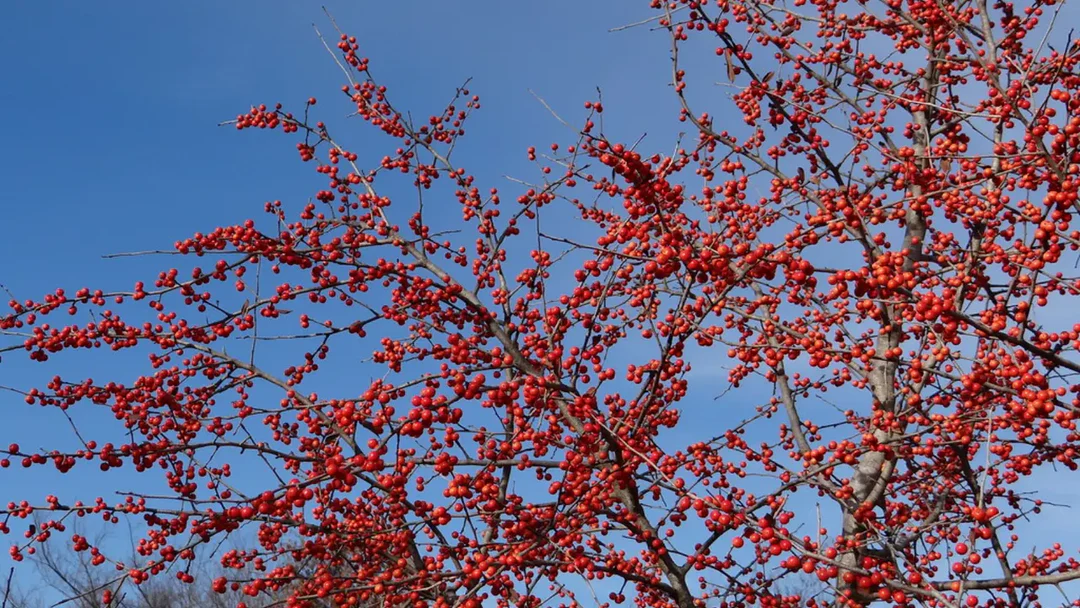Cedar Elm: A Gem for Low-Maintenance and Eco-Friendly Gardens

Cedar elm trees have become popular among garden enthusiasts looking for low-maintenance, eco-friendly options. Their versatility and resilience make them ideal for sustainable landscaping. In this blog, we will explore why cedar elms are a valuable addition to any garden, whether you’re an experienced gardener or just beginning your journey.
The Resilient Nature of Cedar Elm
Cedar elms are known for their remarkable resilience. Native to North America, they thrive in various soil types and conditions, making them an ideal choice for gardeners who want a hardy tree that requires minimal care. The cedar elm adapts effortlessly to a garden of rich, loamy soil or challenging clay conditions. Their ability to grow in poor soil conditions is a standout feature, and coupled with their drought tolerance, cedar elms are perfect for regions prone to dry spells or unpredictable weather patterns, such as Texas, where climatic variations pose a challenge.
The cedar elm’s durability extends to its resistance against harsh environmental stressors like pollution and urban heat, making it a favorite for home gardens and an excellent choice for urban landscapes. These trees can grow up to 70 feet, offering splendid shade while withstanding the test of time and elements without demanding intensive care. This resilience is particularly valuable when seeking a tree that provides a long-term solution for green cover in city settings. Moreover, the cedar elm’s moderate growth rate means it won’t require frequent pruning to maintain its size and shape, easing maintenance efforts.
Cedar Elm’s Role in Eco-Friendly Gardening
Beyond their resilience, cedar elms contribute significantly to eco-friendly gardens. Once established, these trees require little watering, which reduces water usage and helps conserve this precious resource, a boon for sustainable gardening. With growing concerns over water scarcity, having trees like the cedar elm that thrive with minimal irrigation helps garden enthusiasts create an eco-conscious space. Their ability to withstand drought without compromising their health or foliage color exemplifies nature’s impressive adaptability.
Furthermore, cedar elms play a critical role in supporting local biodiversity. They provide essential habitat and food resources for various species of birds and insects, enhancing your garden’s ecological value. Butterflies like the Mourning Cloak and Question Mark find these trees perfect for their larvae, transforming your garden into a lively sanctuary of fluttering wings and vibrant life. This ecological symbiosis encourages a more balanced environment and signifies the cedar elm’s role as a keystone species in sustaining urban biodiversity.
Enhancing Aesthetic Appeal with Cedar Elm
Cedar elms offer a unique beauty to gardens. With their dense canopy and vibrant foliage that transitions from a lush green to a rich golden-yellow in the fall, they provide year-round interest and visual variety. This seasonal color transformation adds a dynamic element to the garden, drawing attention and admiration. Their small, rough-textured leaves in spring and summer create a lush backdrop that contrasts beautifully with flowering plants, while autumn showcases warm hues. The tree’s corky bark and drooping branches further underscore its aesthetic allure, generating texture and depth in landscape designs.
Aside from visual appeal, the cedar elm’s structure makes it an ideal candidate for shade and screening in outdoor spaces. This shade enhances the comfort level in gardens during the sunny months and contributes to energy savings by reducing the need for cooling indoor spaces adjacent to these trees. Its moderate growth and low-maintenance requirements make it a fitting focal point or component of a diversified plant ensemble, effortlessly blending into different garden themes, from rustic natural settings to structured, modern layouts.
Integrating Cedar Elm into a Garden Plan
Cedar elms can easily be incorporated into various designs when planning your garden. They can serve as shade trees, focal points, or even as part of a mixed-species hedge, providing benefits like habitat for wildlife and improving air quality. Considering the tree’s growth potential, planting cedar elms as shade providers ensures they have the space to spread their canopies fully. However, they are versatile enough to be planned as privacy screens or hedgerows, artfully arranged amid other native species to form a cohesive and sustainable landscape.
Integrating cedar elms into your garden plan requires some forethought about placement relative to sun exposure, as these trees flourish in full sunlight. In a layered planting scheme, interspersing them with low-lying shrubs or flowering plants can optimize light resources and enhance garden productivity. Moreover, their robust roots help stabilize the soil, prevent erosion, and maintain soil health, making them a sustainable choice for environmentally conscious garden designs. With some planning, these versatile trees can help create a harmonious and functional outdoor environment.
Planting the Seed for a Greener Future
Incorporating cedar elm trees into your garden enhances its beauty and supports sustainable gardening practices. Their low-maintenance nature, environmental benefits, and aesthetic appeal make them a gem for any eco-conscious gardener. Consider adding a cedar elm to your garden and enjoy its myriad benefits. For more inspiring garden tips, visit Native Gardeners.













Leave a comment